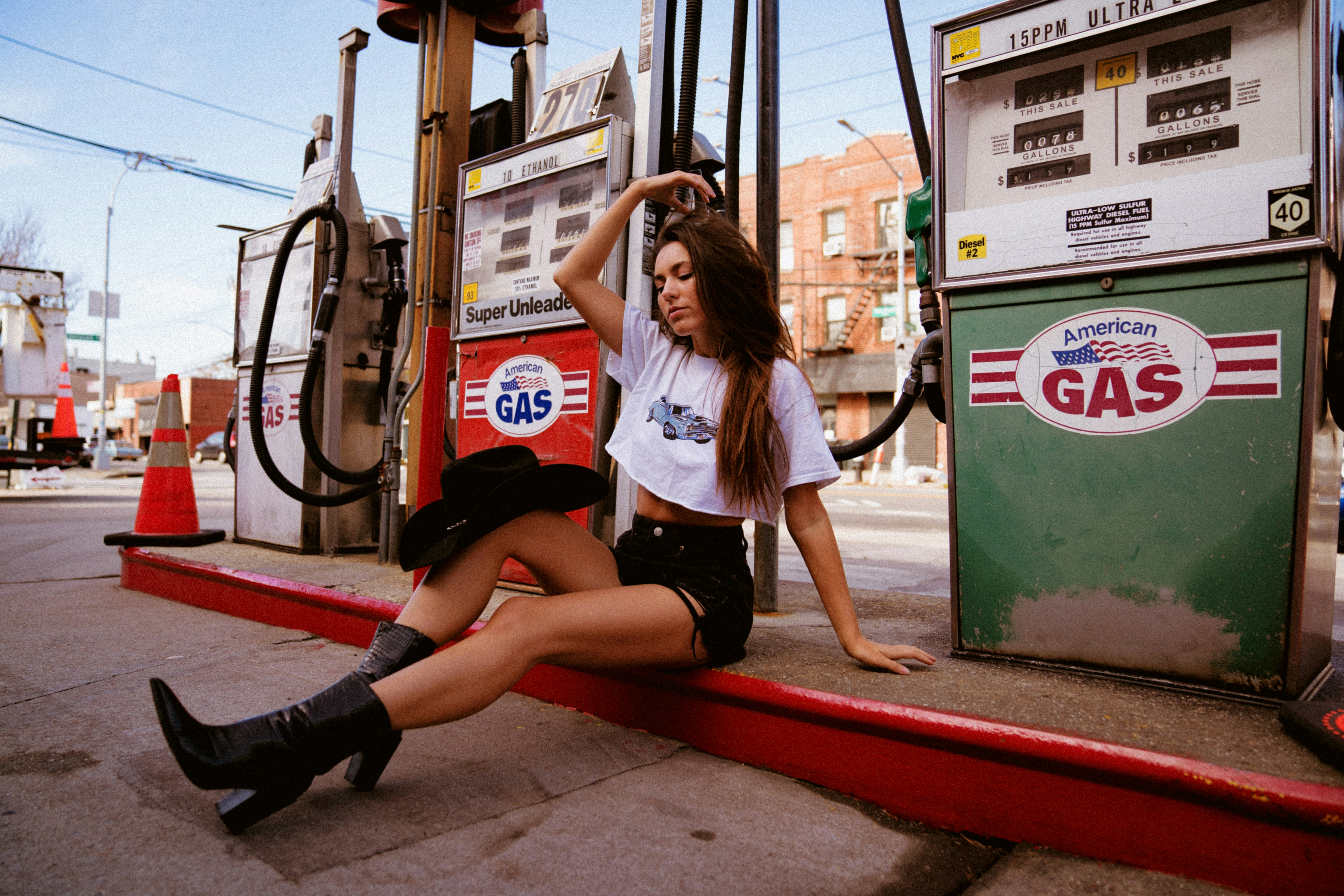How Off-Road Culture Is Shaping the Future of Car Design
Imagine this: dust flying, tires gripping loose gravel, and an SUV confidently clawing its way up a steep hill. What used to be a niche interest has now become a driving force behind mainstream automotive design. Off-road culture, once reserved for adventurers and hobbyists, is now redefining how vehicles are built, marketed, and driven across America.

A rugged history turned mainstream trend
Off-roading began as a post-war pastime, heavily inspired by the Willys Jeep, a military vehicle adapted for civilian use. Through the 1960s and 70s, the popularity of rugged vehicles grew thanks to brands like Land Rover, Toyota, and Ford offering durable, go-anywhere machines. These vehicles were built for capability, not comfort.
Fast forward to the 2000s and 2010s, and a shift occurred. Consumers started craving more than pavement-bound mobility. The growing popularity of outdoor recreation, paired with a renewed interest in vehicle-based travel, set the stage for off-road capability to enter the design lexicon of mainstream vehicles.
Today, models like the Ford Bronco, Jeep Gladiator, Toyota Tacoma TRD Pro, and Subaru Outback Wilderness dominate conversation not only among off-road enthusiasts but also suburban drivers looking for weekend-ready, trail-capable transportation.
The technical influence of trail capability
Automakers have taken note of the enthusiasm for dirt trails, rock crawling, and overlanding—and they’re engineering accordingly. This means increased ride height, reinforced suspension systems, advanced traction management, and integrated terrain response controls.
Modern off-road-capable vehicles feature crawl control, locking differentials, skid plates, and all-terrain tires, even straight from the showroom floor. What once required extensive aftermarket modifications is now available as a factory package.
For manufacturers, this is more than a performance showcase. Off-road packages allow brands to differentiate models in a saturated SUV market. Consumers, meanwhile, appreciate the blend of rugged utility with daily drivability—a balance that once seemed elusive.
Consumer behavior driving rugged aesthetics
It’s not just about performance—it’s about identity. Consumers increasingly align their vehicle choices with lifestyle aspirations. Even if a vehicle never leaves the pavement, its off-road aesthetic implies capability, freedom, and resilience.
Design elements like roof racks, matte finishes, flared fenders, and exposed tow hooks now appear on everything from compact crossovers to full-size trucks. This styling influence reaches beyond vehicles, too. Automotive accessory brands have boomed, offering modular storage systems, camping gear, and recovery equipment designed to integrate with factory mounts and roof rails.
The success of overlanding, a subculture that merges off-roading with extended remote travel, has introduced an entirely new sector of consumers to the outdoors—and they want cars that reflect this interest.
Performance meets marketing: the off-road brand play
Off-road trim lines have become an important branding tool. Automakers leverage these names—TRD, Trailhawk, Raptor, ZR2, Badlands—to create premium tiers within their lineups. These designations signal durability and adventure-readiness, commanding higher price points and enhancing perceived value.
Events like the Rebelle Rally and the King of the Hammers off-road race have become marketing gold. Manufacturers are not only sponsoring teams but also using these events to develop and test prototypes. This real-world trial reinforces the credibility of their off-road claims.
Off-road-focused social media campaigns, YouTube series, and branded adventure tours are now staples in automotive marketing. These strategies connect emotionally with consumers who crave experiences over status symbols.
Engineering challenges and market saturation
Of course, not all vehicles are created equal. The push to market every SUV as trail-capable has led to some watered-down offerings. Ride comfort, fuel efficiency, and weight constraints often limit true off-road functionality. Yet, consumers still desire the image.
Engineers face the challenge of designing vehicles that can traverse rocky terrain without compromising on fuel economy, on-road comfort, or safety standards. Lightweight components must balance durability with emissions compliance, and suspension tuning needs to serve both city traffic and forest paths.
With more brands entering the off-road space, competition has intensified. Only those who back up the look with genuine capability will earn credibility among seasoned enthusiasts.
Industry insights for brands leveraging off-road appeal
-
Develop trim packages that deliver true performance gains, not just aesthetic upgrades
-
Incorporate modular design elements for consumers who want customization
-
Partner with authentic adventure events and communities for real-world feedback
-
Balance design between lifestyle expression and functional engineering
-
Educate consumers on proper use, care, and safety for off-road equipment
The off-road wave isn’t just a passing fad—it’s a cultural shift influencing automotive design, engineering, and branding. As consumers seek vehicles that reflect both their ambitions and their need for practical performance, off-road-ready models offer the perfect middle ground. Whether crawling over boulders or parked at a trailhead coffee shop, these machines embody a modern blend of capability, character, and aspiration.




